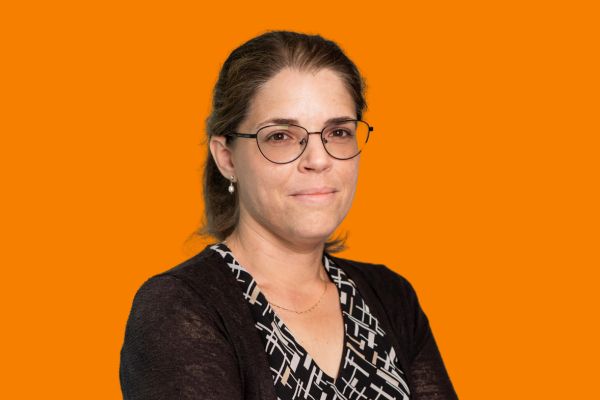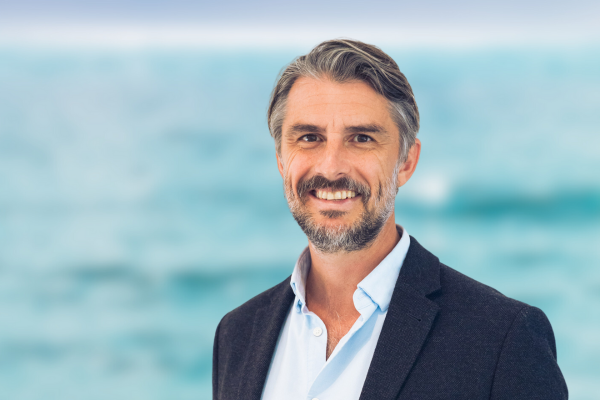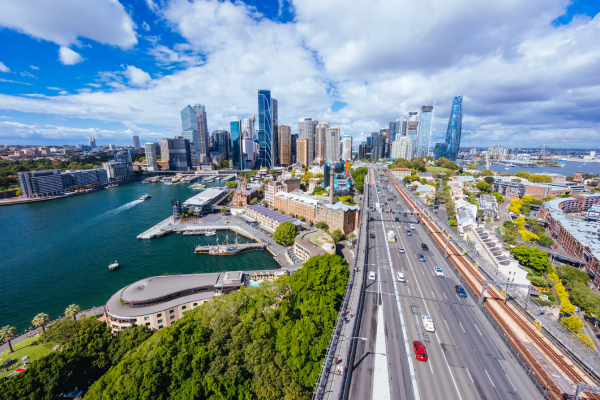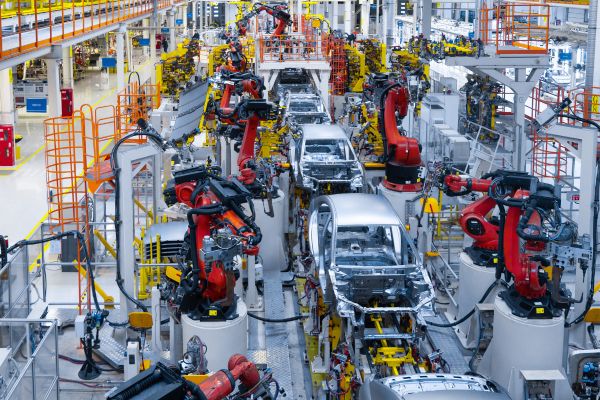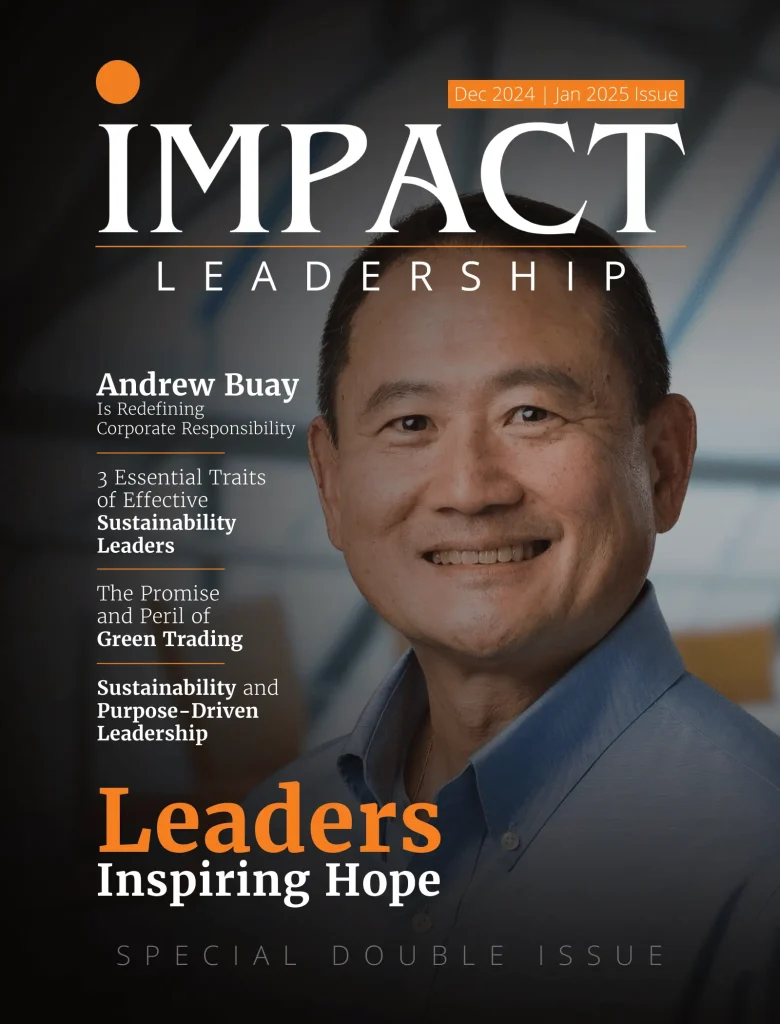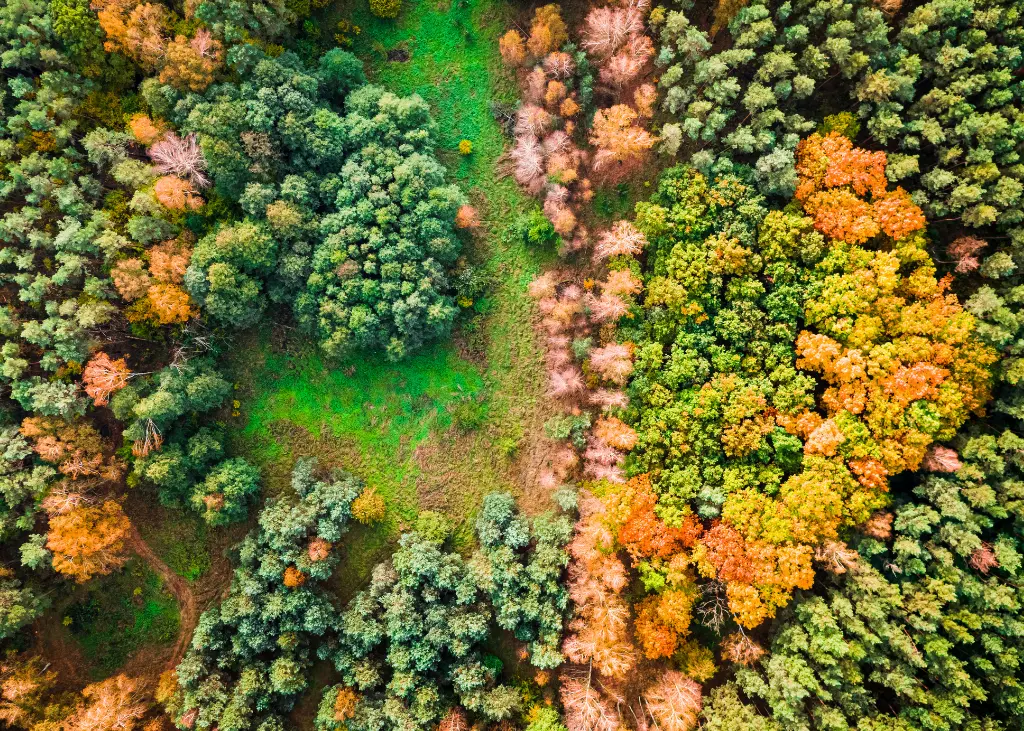Deanna D’Alessandro, Director of the Sydney Net Zero Institute (previously Net Zero Initiative) at the University of Sydney, outlines the innovative efforts to accelerate the transition to a sustainable, net-zero future. Highlighting collaborative research, advanced carbon removal technologies, and educational programs aimed at closing the skills gap, she highlighted the need for holistic solutions. She presents inspiring case studies and shares the university’s strategic role in addressing the climate crisis. Below is the full transcript of her talk delivered at the Impact X Summit 2024.
Deanna D’Alessandro
I’m grateful to be here, and I’m really honored today to represent over 150 colleagues from across all our faculties at the University of Sydney as part of the Net Zero Initiative.
We launched the Net Zero Initiative in March of 2022, and we’re a cross-campus initiative. We’ve heard a lot this morning about holistic solutions and approaches to the net zero transition, and that is exactly what we bring to this challenge.
Regarding my academic background—thank you, Jeremy, for the introduction—I am a chemist by training, with a focus on materials chemistry. I work across both fundamental research and with industry partners. One of the technologies we work on, which I’ll share a little bit about later, involves the removal of greenhouse gases like carbon dioxide from the atmosphere.
I grew up in Far North Queensland on Jabai country, and over the last 40 years or so, I’ve seen the environmental changes firsthand, particularly on the Great Barrier Reef. That’s why I do what I do, and why I’m standing here today.
We collaborate with a wide range of organizations across industry, government, community, and business sectors as part of the Net Zero Initiative. We are very grateful to be guided by a fabulous industry and international scientific advisory board.
As I mentioned, I’ll keep this short because we’re right before lunch, but I’m keen today to share some of our work as part of the Net Zero Initiative. We know there’s no silver bullet here, and all solutions need to be on the table. It will take a portfolio of approaches and solutions to reach our net zero targets.
I’ll share a bit about our current focus. We’ve heard a lot about acceleration this morning, and I’ll talk about how we’re part of that effort. Additionally, I’ll touch on what the future holds, especially in addressing the skills gap we’ve heard about from several speakers today. As a higher education institution, it’s more important than ever that we help fill and address that gap. Lastly, I’ll present a few case studies, which I hope will provide some inspiration before we head to lunch.
“We know there’s no silver bullet here, and all solutions need to be on the table. It will take a portfolio of approaches and solutions to reach our net zero targets.”
Again, there’s no silver bullet. We’ve heard a lot about bringing everyone to the table. One of the things that makes us unique at the University of Sydney, as part of this Net Zero Initiative, is that we approach these conversations with curiosity. As Jeremy mentioned, I work in carbon capture, and sometimes people don’t want to be in the same room as me because these conversations can be controversial. But now, more than ever, it’s important that we approach these discussions with curiosity. At the university, we tackle these problems with an evidence base and impartiality.
Our focus is on acceleration. How are we doing this? Our vision is not only to accelerate frontier research but also to translate that research and, of course, to address the educational imperative of training this enormous future workforce. We have four major themes in the Net Zero Initiative.
The first is the imperative of reducing the demand for unsustainable resources. Here, we’re working on projects across transportation, electrification, and even the circular economy. Our work in zero-emissions energy and industry touches on hard-to-abate sectors like cement and green steel. We’re also working on power fuels such as green hydrogen and green ammonia. I’ll touch on our work in greenhouse gas removals shortly, both in terms of nature-based and technological solutions. Additionally, we’re addressing climate change risks in agriculture and health.
Last year, we presented our first white paper, which detailed the pipeline of solutions we have at the university for this net zero transformation. This pipeline includes everything from early-stage innovations that we’ll need beyond 2050, all the way through to market-ready solutions ready to spin out of the university.
As a higher education institution, it’s crucial that we help close the skills gap. We’re addressing this through internship programs, allowing our top students to become a part of your industries and businesses. These are our top students, and they tend to be in high demand. In fact, internships are a great way to test students before graduation.
We also have a program called Jacaranda Flame Consulting, where companies present problem statements, and we assemble multidisciplinary teams of students from across the university to tackle these challenges.
“At the university, we tackle these problems with an evidence-based approach and impartiality. Now, more than ever, it’s important that we approach these discussions with curiosity.”
I’m also pleased to announce that last week we launched the Net Zero Sprint. This program is targeted at professionals and C-suite executives, like many of you in the room. It’s very practical, including a capstone project where participants develop their own decarbonization strategy. The program focuses on understanding the rapidly changing regulatory environment. We know that non-financial disclosures and reporting measures will be the norm starting next year. Our stakeholders asked us to help them with this challenge, and we hope the Sprint will be one way to address it.
Before we break for lunch, I wanted to share some hope through a few case studies from researchers across the University of Sydney.
I don’t think any of us would argue that artificial intelligence hasn’t changed our lives, often for the better. However, we are facing a real challenge. If we look ahead to the next 18 months to two years, AI models are expected to become increasingly carbon-intensive. For instance, predictions for GPT-6 suggest it could consume the same energy as a medium-sized city. How are we going to address this? Our researchers are exploring ways to emulate the human brain. Consider that the human brain has about 100 billion neurons and runs on about 20 watts of power, roughly the same as a computer monitor in sleep mode. By comparison, advanced AI models like ChatGPT have around 175 billion parameters—double that of the human brain—but require about 9 megawatts of energy, equivalent to a large power station. Our researchers are working on new types of optimized green computing algorithms by studying how the brain functions so efficiently.
We’ve also heard about the complexity of critical minerals in Australia. Currently, we dig them out of the ground and ship them elsewhere, but we’re smarter than that. I wanted to share an incredible piece of work spinning out of the university in critical mineral recycling. Many of you may know that the mobile phone in your hand contains about two-thirds of the periodic table. While extracting critical minerals is essential, it’s also crucial to explore solutions for selectively separating critical minerals from existing electronics, such as mobile phones. Australia has a tremendous commercial opportunity ahead in this area.
The final case study I want to share before lunch addresses the question of whether we are asking too much of nature as a carbon sink. The Intergovernmental Panel on Climate Change has indicated that by the middle of this century, we need to be removing between 10 and 20 gigatons of carbon dioxide from the atmosphere. The reality is that nature may not be able to do all of that heavy lifting, and we may need technological solutions. Direct air capture is one such potential solution, though it will require enormous investment to get off the ground. However, Australia has some unique advantages, including large areas of non-arable land and high solar resources.
With that, I hope today’s talk, though brief, has been informative. Of course, we recognize there is no silver bullet, but we are here to help with holistic solutions for this net zero transformation. We’re doing this through research, innovation, and the translation of that research, as well as through our educational offerings—not just for our undergraduate students but also for professionals and executives. Our door is open, so please feel free to reach out. We’re here to help.
***
Editor’s Note: Published in partnership with Impact X, this transcript has been slightly edited for readability and clarity. If you notice any inaccuracies or require corrections, please feel free to reach out for adjustments and we will ensure the necessary updates are made promptly.
